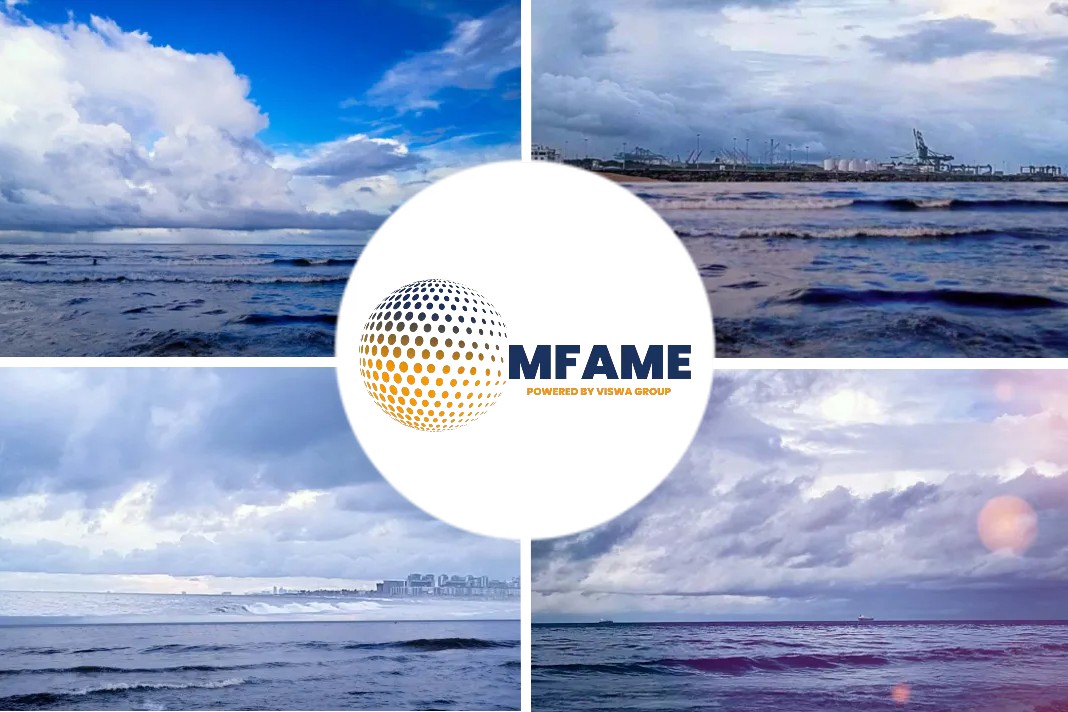The devastating explosion at a port in Beirut on August 4 evening has again put the clock back on how ammonium nitrate triggers massive explosions. The August 4 incident that killed more than 100 people and injured at least 4,000 seems to have stemmed from a storage unit housing enormous amounts of ammonium nitrate and that’s the reason Live Science is looking at the science behind such explosive matters
The initial explosion ignited a fire, while the second painted the sky in an apocalyptic mushroom cloud and sent a shock wave rippling across the city, leveling buildings and wounding thousands.
How ammonium nitrate does this?
Ammonium nitrate, which is used in fertilizers and bomb making, is a salt made from ammonium and nitric acid, and it is highly explosive. The more ammonium nitrate, or NH4-NO3, the bigger its explosive capacity.
And there was a lot, reportedly, being stored at the port: The Lebanese Prime Minister Hassan Diab said 2,700 metric tons, or more than 2,900 tons, of ammonium nitrate had been being stored at the port since 2014, The Washington Post reported.

Diab also said port officials had warned of the dangers of storing so much of an explosive chemical at the port, the Post said.
- Ammonium nitrate is frequently added to increase a fertilizer’s nitrogen content.
- It’s relatively stable under most conditions and is inexpensive to manufacture, making the chemical a popular alternative to other, more expensive nitrogen sources.
The downside of the useful fertilizer
But ammonium nitrate has a potentially lethal downside:
The compound is considered an oxidizer, meaning at an atomic level, it removes electrons from other substances in a chemical reaction.
What that means in a more practical sense is that it increases the burning of fuels by increasing the oxygen that’s available to those fuels.
To start the reaction, ammonium nitrate must come into contact with an open flame or other ignition source.
In the Beirut incident, experts suggest fireworks were involved.
That explosive force from the Beirut blast triggered a shock wave that rippled across the city, causing destruction that some witnesses are comparing to the nuclear bomb’s aftermath at Hiroshima: Smoke hung in the air Wednesday; A sprawling crater had been scooped from the earth; piles of rubble were strewn across the city; entire buildings were just skeletons of the former day; and on videos shared online, rescue workers could be heard searching for anyone trapped beneath the debris.
The orange mushroom cloud that erupted just after the blast can be attributed to toxic nitrogen dioxide gas that forms after an explosion with nitrates, The Associated Press reported.
Previous ammonium nitrate explosions
This isn’t the first time ammonium nitrate has been involved in a deadly catastrophe.
The deadliest industrial accident in U.S. history occurred in the port of Texas City, Texas, in 1947.
A carelessly tossed cigarette started a fire aboard a ship carrying about 2,300 tons (2,086,000 kg) of ammonium nitrate packed in paper sacks.
When the chemical exploded, it caused a blast powerful enough to knock people to the ground in Galveston, Texas, 10 miles (16 kilometers) away.
That detonation also caused a chain reaction when a nearby ship, also carrying ammonium nitrate, exploded, setting fires at chemical tanks and oil refineries near the port. An estimated 581 people were killed in the disaster.
Fireworks triggered this?
According to a report by The Associated Press, experts think that spark came from an initial fire that may have engulfed fireworks being stored at the port.
Boaz Hayoun, founder and owner of the Tamar Group, an Israeli firm involved in safety and certification issues involving explosives, explained the telltale signs of the ignition. “Before the big explosion, you can see in the center of the fire, you can see sparks, you can hear sounds like popcorn and you can hear whistles,” Hayoun told The Associated Press. “This is very specific behavior of fireworks, the visuals, the sounds and the transformation from a slow burn to a massive explosion.”
Ammonium nitrates used for crime
Not all disasters involving ammonium nitrate are accidents: The fertilizer was packed into a rented truck and used by terrorists Timothy McVeigh and Terry Nichols to kill 168 people in the 1995 bombing of the Alfred P. Murrah Federal Building in Oklahoma City.
The chemical was used again in the 2002 nightclub bombing in Bali that killed 204 people, in the 2011 Oslo bombing by Anders Behring Breivik, which killed eight people, and in numerous other terrorist attacks.
Strictly regulated to prevent terrorist use
Because of its danger and potential use by terrorists, ammonium nitrate is subject to strict regulation in most places.
In 2011, according to NBC News, the Department of Homeland Security established rules limiting the sale of the compound, which is also used as an explosive in the construction and mining industries.
Did you subscribe to our daily newsletter?
It’s Free! Click here to Subscribe!
Source: Live Science
















